In the realm of culinary arts, simple dishes often hold the greatest potential for creativity and nutritional excellence. One such dish that stands out is scrambled eggs. While traditionally prepared with oil or butter, modern health-conscious individuals are increasingly seeking alternatives that maintain flavor without compromising on nutrition. This article delves into the intricacies of how to make healthy and delicious oil-free scrambled eggs, exploring techniques, ingredient substitutions, and tips to elevate your cooking experience.
Introduction: The Appeal of Oil-Free Cooking
The shift towards oil-free cooking is driven by various factors, including the desire to reduce calorie intake, manage cholesterol levels, and adhere to dietary restrictions such as veganism or plant-based diets. Moreover, the minimalist approach to cooking emphasizes the natural flavors of ingredients, promoting a cleaner and more balanced diet. Scrambled eggs, being a staple in many households, present an excellent opportunity to experiment with oil-free preparation methods.
Understanding the Basics: Ingredients and Equipment
Before diving into the cooking process, it’s crucial to gather the necessary ingredients and equipment. For oil-free scrambled eggs, you’ll need:
- Eggs: Preferably free-range or organic for better taste and nutritional value.
- Non-stick Skillet or Pan: A high-quality non-stick surface ensures that the eggs don’t stick to the pan, eliminating the need for oil.
- Spatula: A silicone or rubber spatula is ideal for gently folding and stirring the eggs.
- Salt and Pepper: To taste.
- Optional Ingredients: Herbs like chives, parsley, or thyme can add a touch of freshness. You can also incorporate dairy-free milk or a splash of water for a creamier texture.
Preparing the Pan: The Secret to Success
One of the key steps in making oil-free scrambled eggs is properly preparing the pan. Here’s how:

-
Preheat the Pan: Place your non-stick skillet over medium-low heat. Preheating ensures that the pan is evenly warm when the eggs are added, preventing them from sticking.
-
Water Method: Instead of oil, you can use a tiny amount of water (about a teaspoon) to coat the bottom of the pan. As the water evaporates, it creates a slight film that prevents sticking. Alternatively, you can simply use a paper towel dampened with water to wipe the pan’s surface.
The Cooking Process: Techniques for Fluffy, Creamy Results
Now, let’s dive into the cooking process, breaking it down into manageable steps for perfect oil-free scrambled eggs.
Step 1: Whisking the Eggs
-
Crack and Whisk: Crack the desired number of eggs into a bowl. Use a fork or whisk to beat the eggs until the yolks and whites are fully combined. This step introduces air into the mixture, contributing to a fluffier texture.
-
Seasoning: Add a pinch of salt and pepper to the eggs while whisking. You can also incorporate any optional ingredients like herbs or a splash of dairy-free milk at this stage.
Step 2: Pouring and Cooking
-
Add Eggs to Pan: Once the pan is preheated and coated (if using the water method), pour the beaten eggs into the center. Allow them to sit undisturbed for a few seconds to begin setting at the edges.
-
Gentle Stirring: Using a silicone spatula, gently stir the eggs from the edges towards the center. The goal is to create soft curds without over-stirring, which can make the eggs rubbery.
-
Low and Slow: Maintaining medium-low heat is crucial. This allows the eggs to cook evenly without browning or drying out. Continue to gently fold and stir until the eggs reach your desired consistency.
Step 3: Finishing Touches
-
Texture Control: If you prefer your scrambled eggs to be creamier, you can remove the pan from heat slightly before the eggs are fully set. The residual heat will continue to cook them gently.
-
Adding Flavor: Once the eggs are cooked to your liking, you can fold in any additional herbs or seasonings for a burst of fresh flavor.
-
Serving: Transfer the scrambled eggs to a plate immediately to prevent overcooking. Garnish with a sprinkle of fresh herbs, a pinch of salt, or a drizzle of balsamic glaze for added depth.
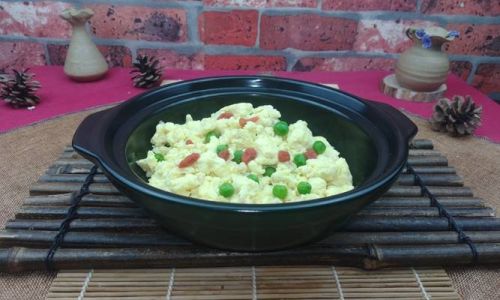
Tips and Tricks for Perfect Oil-Free Scrambled Eggs
While the basic method is straightforward, there are several tips and tricks to elevate your oil-free scrambled eggs to the next level:
-
Temperature Control: Keep a close eye on the heat. Too high will cause the eggs to brown and become tough; too low will result in runny eggs.
-
Non-stick Surface Maintenance: Ensure your non-stick pan is in good condition. Scratches or wear can reduce its effectiveness, making it more likely for eggs to stick.
-
Egg Freshness: Always use fresh eggs for the best texture and flavor. Old eggs can be watery and less cohesive.
-
Creaminess Without Dairy: If you’re aiming for a creamier texture without using dairy, consider adding a splash of unsweetened almond milk, oat milk, or even a bit of water.
-
Flavor Boosters: Experiment with different herbs and spices. A pinch of turmeric or a dash of nutritional yeast can add unique flavors without overpowering the eggs.
-
Meal Prep: Oil-free scrambled eggs can be a versatile component in various meals. Pair them with avocado toast for a nutritious breakfast, or use them as a filling for wraps and salads.
Conclusion: Embracing the Simplicity of Oil-Free Cooking
Making healthy and delicious oil-free scrambled eggs is not only achievable but also a delightful way to enjoy a classic dish without the added fats. By mastering the techniques outlined in this article, you can create fluffy, creamy scrambled eggs that are as satisfying as they are nutritious. Remember, the beauty of oil-free cooking lies in its simplicity and the ability to highlight the natural flavors of ingredients. As you experiment with different preparations and ingredients, you’ll discover endless variations that cater to your taste preferences and dietary needs.
Moreover, the journey towards oil-free cooking is a testament to the creativity and adaptability of modern cuisine. It encourages us to explore new methods, appreciate the nuances of ingredients, and ultimately, enjoy food in its purest form. So, the next time you crave a comforting bowl of scrambled eggs, remember that with a few simple adjustments, you can enjoy them in a way that aligns with your health goals and culinary aspirations. Happy cooking!
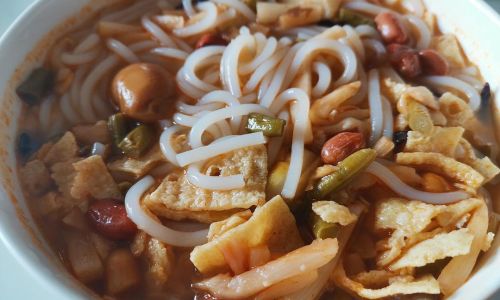
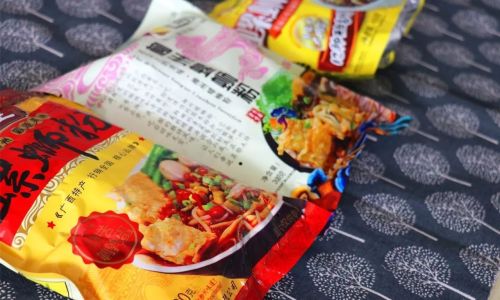

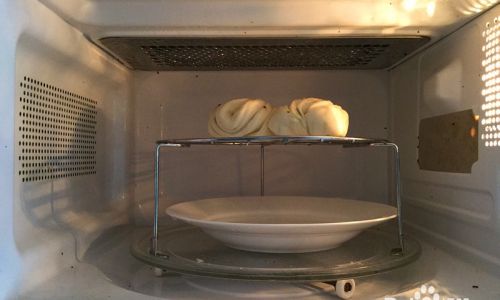
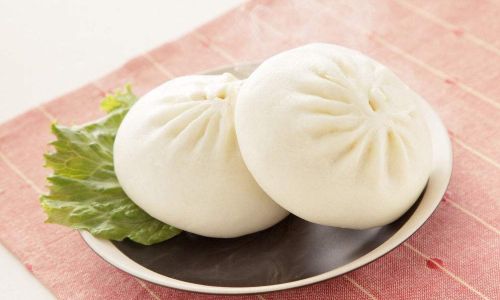
0 comments